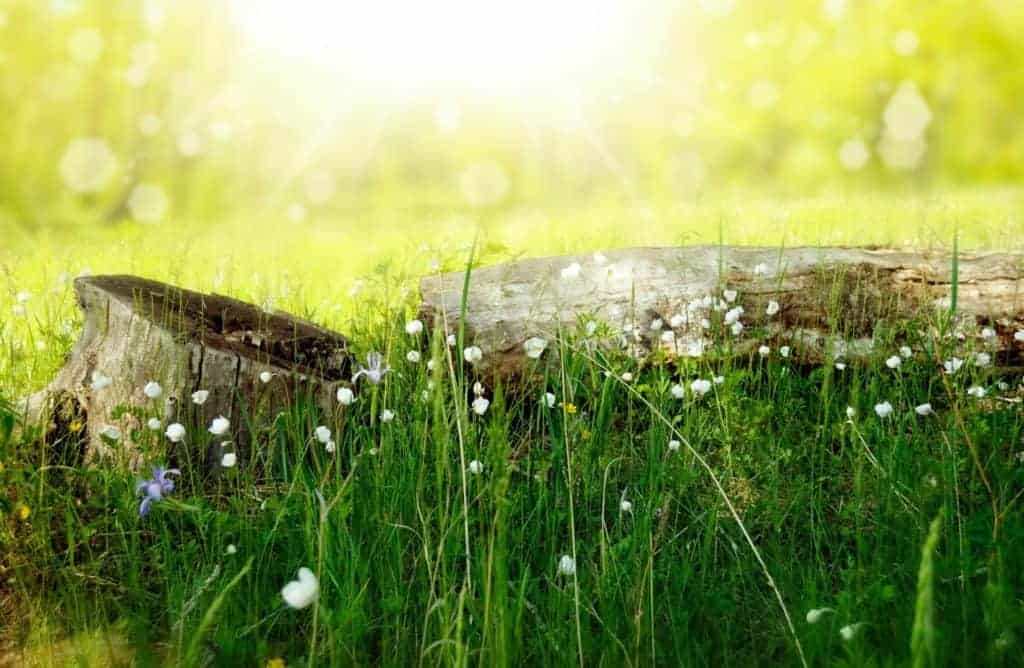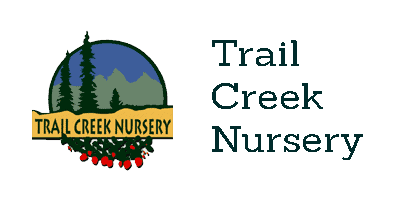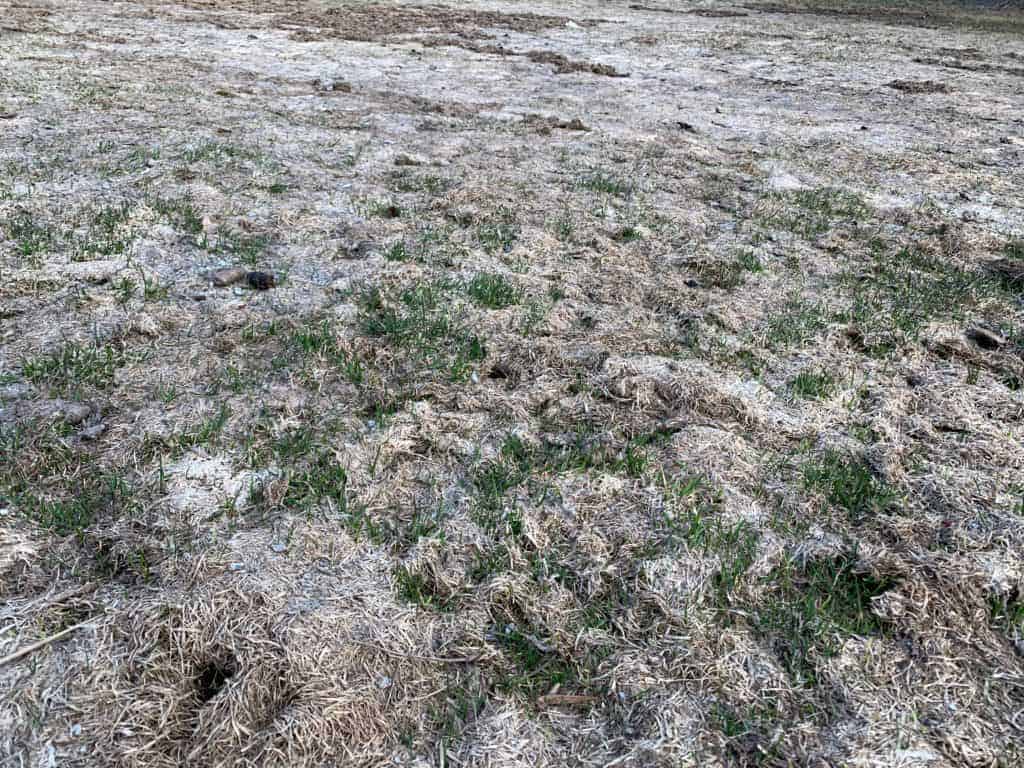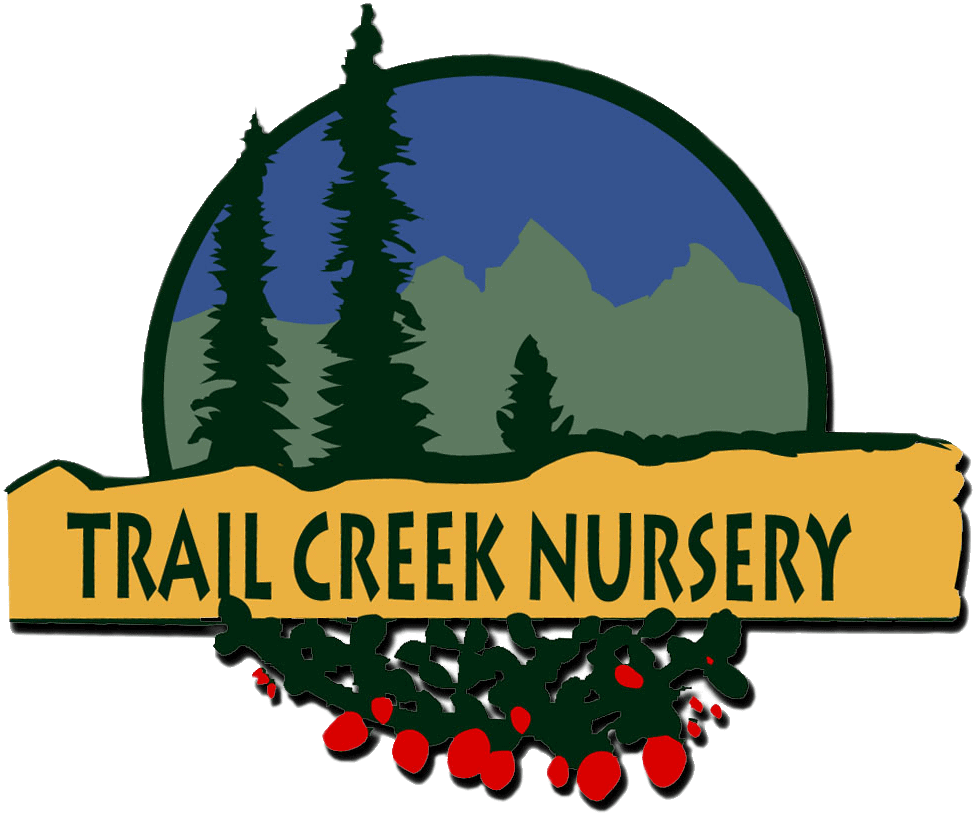The Ultimate Organic Lawn Care Guide
 Lawns are the pride and joy of any garden landscape, small or large. If you’ve taken upon yourself to invest in an environmentally friendly, organic lawn, then keep reading. Whether you’ve had organic lawns before, or are new to them, there’s a few tips & tricks you need to know to ensure you care the best you can for it.
Lawns are the pride and joy of any garden landscape, small or large. If you’ve taken upon yourself to invest in an environmentally friendly, organic lawn, then keep reading. Whether you’ve had organic lawns before, or are new to them, there’s a few tips & tricks you need to know to ensure you care the best you can for it.
After all, you’ve put so much work, energy & money into crafting your garden, now is not the time to let a key part of it, your lawn, wither and die. Welcome to The Ultimate Organic Lawn Care Guide, brought to you by The Trail Creek Nursery!
Mowing
First up, let’s talk about Mowing. A common misconception about organic lawns is that it’s healthier for the grass to be shorter. In fact, it’s much healthier for the grass to be long. Longer grass is more exposed to the sun, the roots to grow healthier and in turn keeping the grass itself healthy.
That said, the grass still needs to be kept control through mowing. Setting your mower to its maximum setting – usually a cut at 2.5 to 3 inches will ensure the grass is still tall enough to stay healthy. It’s also important to keep the mower blade sharp, leading to a cleaner cut and reducing any risk of tearing. Tearing can cause all sorts of problems for the grass.
After you have moved your lawn, keep the grass clippings on the lawn to give additional benefits to the grass and it’s soil.
Watering
Next stop, water. Compared to an artificial lawn, organic lawns benefit more from less frequent watering as this forces the roots to travel deeper in the soil and in turn discourage weeds.
As for when to water, you should always do this early in the day. Don’t wait until the evening as this will lead to less evaporation and in turn lead to fungal growth.
Soil
Soil is another essential part of lawn care. You should arrange for your soil to be tested through a local agricultural extension officer, or buy a do it yourself kit. Knowing precisely what soil you have, you know how to best look after it and give it everything it needs to keep the grass growing and very importantly, keep those pesky weeds away.
Whether you get the soil tested or test it yourself, it will be easy to determine the type of soil and how to best look after it.
And as an added bonus tip -all soil types benefit from having compost added to it, once or twice a year ideally between the months of June & August.
Fertilizing
Depending on the results of your soil testing, your soil will need different fertilizer but always ensure the fertilizer used is a natural one! Fertilizer is best applied to soil in both the spring and the fall. Whilst more expensive, it’s always worthwhile paying out for organic fertilizer because it benefits the soil and thus the grass so, so much more!
In addition to fertilizer, it’s widely recommended to feed your lawn seaweed extract. This will support the grass’s health, encourage development and fight off any threat of fungi.
Raking
Raking is an essential thing to do during the time of spring to early summer as it removes thatch aka dead grass.
In addition to raking, you should consider using a motorized aerator. This will remove plugs of dirt and increase the soil’s ability to retain water. Aeration can really help your lawn, and it doesn’t have to be an expensive investment. You can rent an aerator from any good and local garden center.
Curing
There are three main and common lawn problems that you’ll likely face during the duration of your garden.
Firstly, there is yellow grass. This is easily identifiable by the grass being – you guessed it, yellow! Yellow grass is caused by a lack of water. As mentioned earlier in the guide, it’s best to water infrequently than frequently. But, if your lawn is turning yellow, consider increasing the frequency of watering for the time being. Testing the soil may also reveal other ways to restore your lawn back to its former glory.
Secondly, there is the issue of bare or rough spots on the lawn. This is caused by people/animals trafficking the lawn far too often, and also things like dog poo. This is all easily fixed by limiting the number of people and animals that frequent your lawn and pick up any dog mess instantly.
Last but not least, there is brown grass – again, easily identifiable. Whilst brown grass doesn’t look that good, it’s not a huge signal that the grass is unhealthy. It just means that it’s been a little neglected, and needs to either be left to grow longer or watered more often – or both!
Pest Controlling
By following and more importantly, putting into action, the contents of this guide – your lawn should already be well protected from the many pests that threaten it. But even the most cared for lawns are still vulnerable, here are a few tips to defeat some of the more persistent pests;
-If clover has started to appear on your lawn, that means your lawn isn’t too healthy. Firstly, you need to till the lawns soil and add compost to get rid of the clover. Then, to ensure the clover doesn’t return, apply fertilizer in the fall and in the summer, leave grass clippings after your routine mowing.
-Darn those dandelions! To get rid, remove the flower heads and dig the dandelion routes out with a special
-Dirt mounds appearing on your lawn is a sure sign of a mole infestation. Firstly, focus on minimizing the damage by pressing down gently on each mound with a rake or smaller garden tool, allowing the soil to re-engage with the grass roots. To then keep moles away from your lawn, you need to remove their food source – grubs, earthworms, etc. To do this, we’d recommend applying milky spore. With the food source gone, the moles will have no alternative but to move on, allowing your lawn to prosper once more!
We hope this guide has been helpful, whether you have a lawn already or are thinking of getting one. Following the guide will ensure it remains a key feature of your garden or landscape, for years to come.





